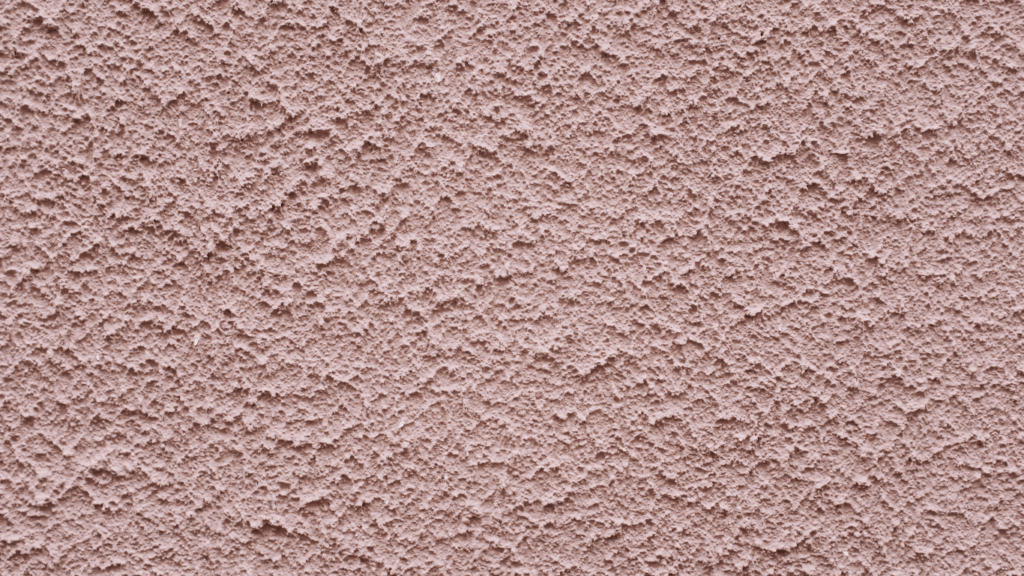The Rise of Textured Walls
Textured walls have become a prominent trend in interior design. By incorporating elements like wallpaper and paint, they add depth and character to rooms. Homeowners and designers alike now embrace textured surfaces for creating focal points and enhancing visual interest.
Wallpaper has evolved significantly. Today’s options range from embossed patterns to natural fibers like grasscloth. These materials bring a tactile element into rooms, making walls not just color backdrops but integral parts of the design.
Textured paint offers another dynamic avenue. Techniques like sponging, rag rolling, and stucco applications create varied finishes. These methods enable customization of textures to fit different aesthetics, from rustic to contemporary.
Even accent walls benefit from texture. Adding texture to a single wall can transform a room by providing a striking contrast to smooth surfaces. This technique is effective in living rooms, bedrooms, and even bathrooms.
Textured walls aren’t just a fleeting style; they’ve solidified their place in modern home design. Integrating wallpaper and paint textures opens up a wide array of creative possibilities, making spaces more engaging and visually appealing.
Types of Textured Wallpaper
Textured wallpaper offers varied options for adding depth and character to your walls. These types not only enhance aesthetics but also create a trendy, modern look.
Geometric Patterns
Geometric patterns feature repeated shapes like hexagons, diamonds, and triangles. These designs inject modern, clean lines into a space, making it visually more engaging. For example, a hexagon pattern can add a sense of order and structure to a room.
Faux Finishes
Faux finishes mimic the look of materials like wood, stone, or plaster. This type provides an option for those wanting a luxurious appearance without the cost or maintenance. Wood grain finishes, for instance, can deliver a rustic charm, while faux marble brings an element of sophistication.
Nature-Inspired Textures
Nature-inspired textures often use elements like grasscloth, bamboo, or floral motifs. These wallpapers bring an organic feel, connecting the indoor space with the natural environment. Grasscloth wallpaper, made from natural fibers, adds warmth and tactile interest.
Techniques for Textured Paint
Textured paint can make walls pop, providing depth and interest to any room. Here are a few effective techniques to achieve a trendy look.
- Sponging
Sponging offers a soft, textured finish. Start by applying a base coat of latex paint. Let it dry completely. Next, dip a natural sea sponge into a contrasting paint color. Dab the sponge on scrap paper to remove excess paint, then gently press it onto the wall. Rotate the sponge as you go to avoid a repetitive pattern. This technique works well with multiple colors for added complexity.
- Rag Rolling
Rag rolling creates a marbled effect. Begin with a base coat of satin or semi-gloss latex paint. After it dries, dip a rolled-up rag into a glaze mixture. Remove extra glaze by blotting the rag on newspaper. Roll the rag over the wall surface in a random pattern. Adjust the pressure to vary the texture. For extra dimension, layer different glaze colors.
- Brushed Pearl
Brushed pearl adds a shimmering, luxurious look. Start with a smooth base coat. Combine pearl finish paint with a tinted glaze. Use a specialty brush to apply the mixture in overlapping strokes. Smooth out uneven areas with a dry brush for a subtle sheen. This technique works best in well-lit rooms where natural or artificial light will highlight the pearlescent finish.
Combining Wallpaper and Paint

Combining wallpaper and paint can create a trendy, dynamic look for any room. This approach allows for endless creativity and customization, ensuring each space reflects personal style.
Accent Walls
Accent walls serve as focal points that draw the eye and add depth to the room. Pairing textured wallpaper with contrasting paint on adjacent walls can make the accent wall stand out even more. For instance, use embossed wallpaper on one wall and a complementary paint color on the others. This method adds dimension and interest without overwhelming the space.
Layering Techniques
Layering techniques offer another way to enhance textural complexity. One popular method involves applying textured paint as a base layer and then covering it with partially torn or stripped wallpaper pieces, creating a distressed look. Another technique includes using a stencil to apply a painted pattern over textured wallpaper, blending colors and textures seamlessly.
Color Coordination
Color coordination ensures a cohesive and harmonious look. When combining wallpaper and paint, select hues that complement each other. For example, choose a wallpaper with subtle tones and match it with a bolder paint color found within the wallpaper’s palette. This strategy maintains visual balance and unity throughout the room.
Combining these elements within textured walls results in an engaging and trendy design that speaks to modern aesthetics.
Best Practices for Application
To achieve trendy textured walls with wallpaper and paint, following certain best practices ensures optimal results.
Surface Preparation
Preparing the surface is crucial for a flawless finish. Begin by cleaning the walls to remove dust and grease. Patch any holes with spackle and sand the area smooth. Primer application is recommended to help paint and wallpaper adhere better, especially on previously painted surfaces.
Tools and Materials
Using the right tools simplifies the process. For textured paint, essential items include:
- Rollers with different finishes (e.g., sponges, rags for effects)
- Paintbrushes for detailed work
- Painter’s tape to secure borders
- Drop cloths to protect flooring
For wallpaper applications:
- Utility knife for precise cuts
- Wallpaper smoother to eliminate bubbles
- Measuring tape for accurate placement
- Adhesive or paste for attachment
High-quality materials prevent issues like peeling or uneven textures.
DIY vs. Professional Help
Deciding between DIY and professional help depends on skill levels and project complexity. For simple textured paint techniques, confident DIYers can achieve great results. However, intricate wallpaper patterns or specialized finishes may require a professional’s expertise to avoid costly mistakes and ensure longevity. Assessing the project’s scope helps determine the best approach.



 Harry Marriott – Lead Interior Stylist
Harry Marriott is Castle Shelf House’s Lead Interior Stylist, known for his keen eye for detail and expertise in modern and classic home designs. With a background in interior architecture, Harry brings innovative styling solutions to the forefront, ensuring that each home reflects a unique personality. His approach to furniture placement and design trends helps clients create harmonious living spaces that combine aesthetics with functionality.
Harry Marriott – Lead Interior Stylist
Harry Marriott is Castle Shelf House’s Lead Interior Stylist, known for his keen eye for detail and expertise in modern and classic home designs. With a background in interior architecture, Harry brings innovative styling solutions to the forefront, ensuring that each home reflects a unique personality. His approach to furniture placement and design trends helps clients create harmonious living spaces that combine aesthetics with functionality.
